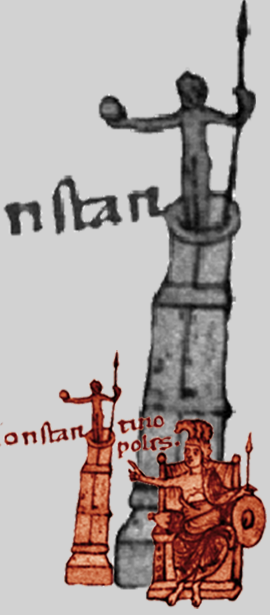Handbook of Byzantine Epigraphy
The handbook (to be written in English) is envisaged as a primary textbook for students and scholars alike. It intends to fill a gap in the modern scholarship by way of offering the first comprehensive assessment of late antique and medieval Greek epigraphic traditions focusing on inscriptions that date to the period between the fourth and the fifteenth centuries. It will also serve as a practical guide through the main corpora and collections of extant epigraphic material.
After defining the term ‘Byzantine’ inscription (especially regarding language, territory, and chronology), the handbook will consist of the following parts: evidence of the use of inscriptions in Byzantium; contribution of Byzantine Epigraphy to Byzantine Studies in general; classification of epigraphic material; corpora; chronological survey (late antique and early Byzantium; the ‘Dark Ages’; the renewal of the epigraphical habit in the 10th c. and thereafter); thematic issues (commemorative epigraphy; dedicatory inscriptions; acclamations; metrical inscriptions; epigraphy and minor arts; inscriptions in churches; inscriptions on secular buildings); inscriptions and the Byzantine reader / beholder; case studies; extensive bibliography; indices; images.
The finalisation of the project is planned for the year 2023.

